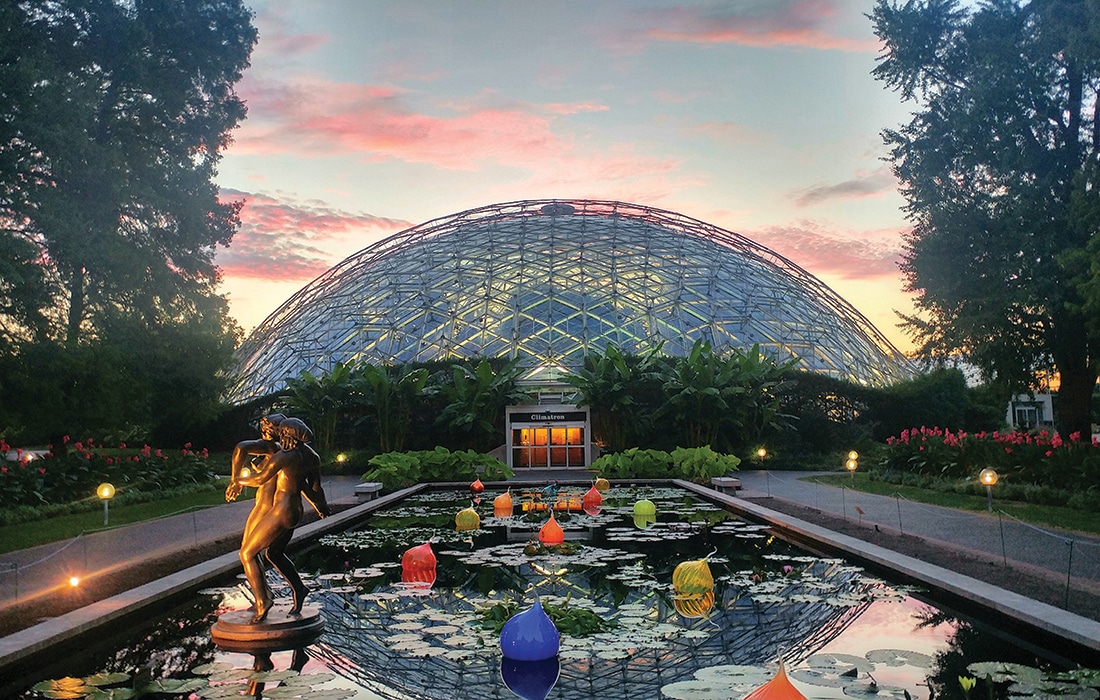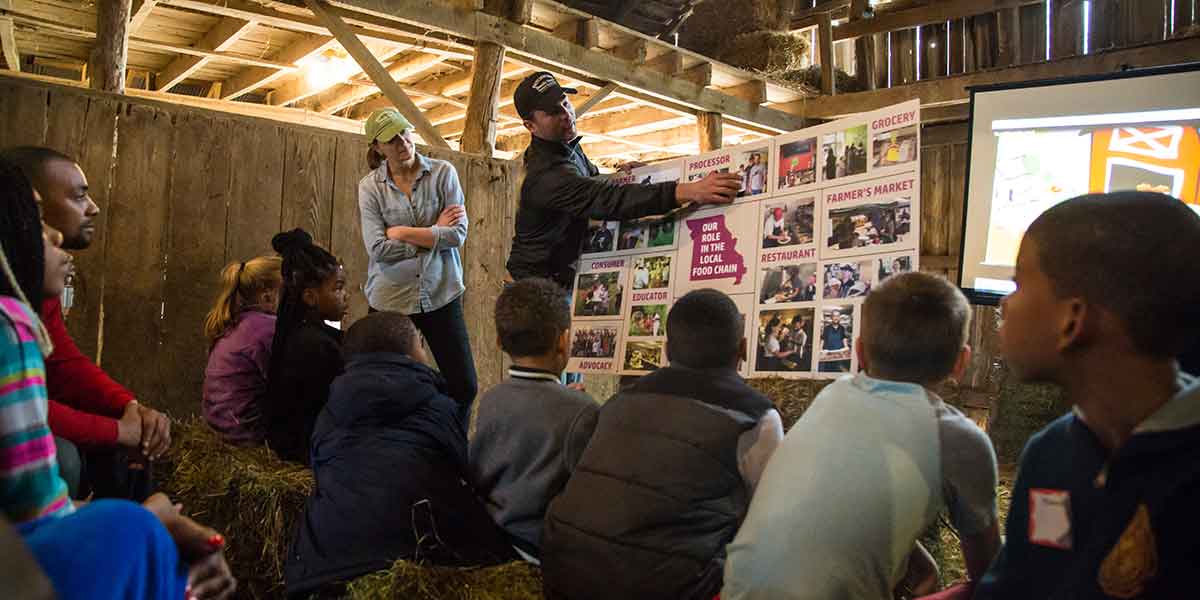Salus populi suprema lex esto, “Let the welfare of the people be the supreme law.”
One day in 2009, a nun knocked on the door of Ella Thomas’s house at 58th and Euclid in Kansas City.
Walking the Blue Hills neighborhood to seek suggestions, she asked Ella what she thought St. Therese Little Flower Catholic Church should do with a vacant lot donated to the parish—besides turn it into a parking lot.
So Ella showed the sister her own backyard vegetable garden, one a Kansas City Community Gardens volunteer helped her dig in the 1990s.
“I told her, ‘This is where everybody can be involved, and this will be good for them. It will give them fresh produce.’ ”
The nun liked Ella’s suggestion, and a decade later, the neighborhood garden near St. Therese has more than doubled in size to include 30 plots gardened by residents.
Community gardens can produce food for the residents tending their plots or for food pantries. Sometimes they’re overseen by civic or church groups or county health departments.
At eight years old and 15 neighborhood gardens strong, the impact of Springfield’s Community Gardens program is easy to quantify: over the past four years, the group has donated 550,000 pounds of produce to Ozarks families. Almost 35 years old and with 275 community gardens, Kansas City Community Gardens served 32,000 households last year, development director Jennifer Fink says.
No matter their size, often the roots of community gardens are in a shared purpose: alleviating hunger.

That was the Columbia Community Garden Coalition’s mission when it began in 1983. Today its scope has expanded to include everyone from students to “soccer moms,” coalition president Kathy Doisy says. But several of the coalition’s gardens are located in food-
insecure neighborhoods.
In St. Louis, more civic and church groups are establishing gardens to grow food for pantries, says Matt Schindler, executive director of community gardening nonprofit Gateway Greening.
“They’re actually paying it forward by giving away the food to someone else,” Matt says. “Mostly pantries are either dry goods or canned goods, so there’s definitely a need for fresh produce in them, too.”
Besides helping people grow food for others, community gardening groups also rent affordable plots to residents and provide the supplies and education they need to grow food.
“[We] assist people in their gardening efforts by giving them seeds, plants, land, tools, and lawnmowers,” says Kathy.
In Joplin, volunteers at the Growing Hope Garden, founded by Annette and Scott Wagner, offer gardening guidance and seeds to residents renting plots for $10 a season.
Volunteers play a major role in community gardens.
Columbia’s coalition is made up entirely of volunteers. Meanwhile, more than 4,300 pitched in last year in Kansas City, while in St. Louis, about 3,000 volunteers tended 210 community and school gardens in 2018.
Corporations themselves offer volunteers, Matt says, and in Kansas City, H&R Block employees planned to build 110 raised beds last summer.
Volunteers say community gardens provide neighborhoods more than food: they can also foster a sense of community.
“The neighbors close by are really invested in this,” Annette says. “We’ve gotten to know the neighbors really well, and that was really our point—to get people out.”
Ella says the spirit of cooperation is ingrained in community gardens.
“That’s just as beneficial as any food. When you’re working together and communicating with each other, it makes everything better.”
Photos courtesy Unsplash.com/Raychan Kafc, Elaine Casap
Related Posts
Rediscover Community on the Mother Road
Interstate 44 crosses Missouri from St. Louis to the Oklahoma state line, just west of Joplin, a length of 293 miles. For 235 of those miles, from St. Louis to Halltown, I-44 follows the route of what John Steinbeck called America’s “Mother Road”—the legendary Route 66.
Salus Populi: Family Farming
Born in crisis, this organization promotes local food and family farmers.
Pickleball Is Taking Missouri By Storm
It took about a decade for pickleball to sweep Missouri. With more than 100 locations developed since 2010, Missouri might just have the fastest-growing pickleball community in the country.



